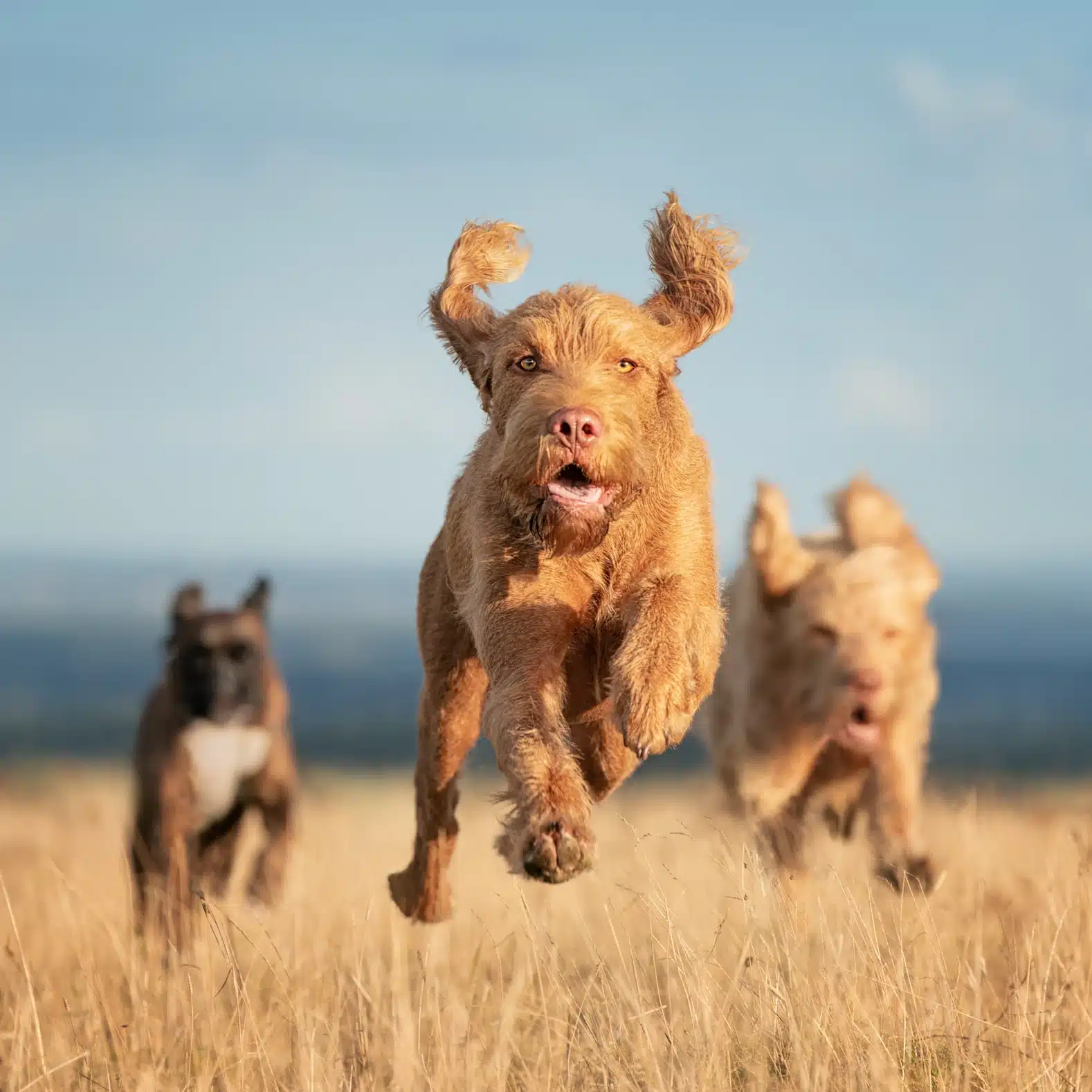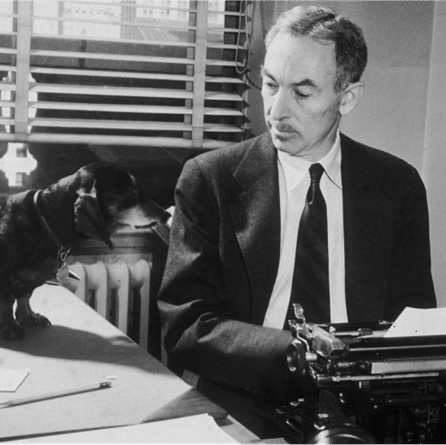Taking great photographs of dogs (or anything else) is less about technical know-how and more about learning how to see. We asked the well-known pet photographer (and longstanding Honey’s customer), Sharon Bolt, to offer a few dog photo shooting tips.
Why do I love taking photographs of dogs? Our time with them is so precious and they bring us such joy that I want to capture it forever. I have never regretted taking a photograph of a dog… but I have often regretted failing to take one. Smartphones and digital cameras make it much easier, from a technical perspective, to photograph our four-legged family members. But what makes a great dog shot is not about technique… it is about emotion, about capturing the decisive moment. Almost a hundred years ago Kodak came up with the slogan: ‘Snapshots help your heart remember.’ I hope that the following ten dog photography tips will help your heart remember.
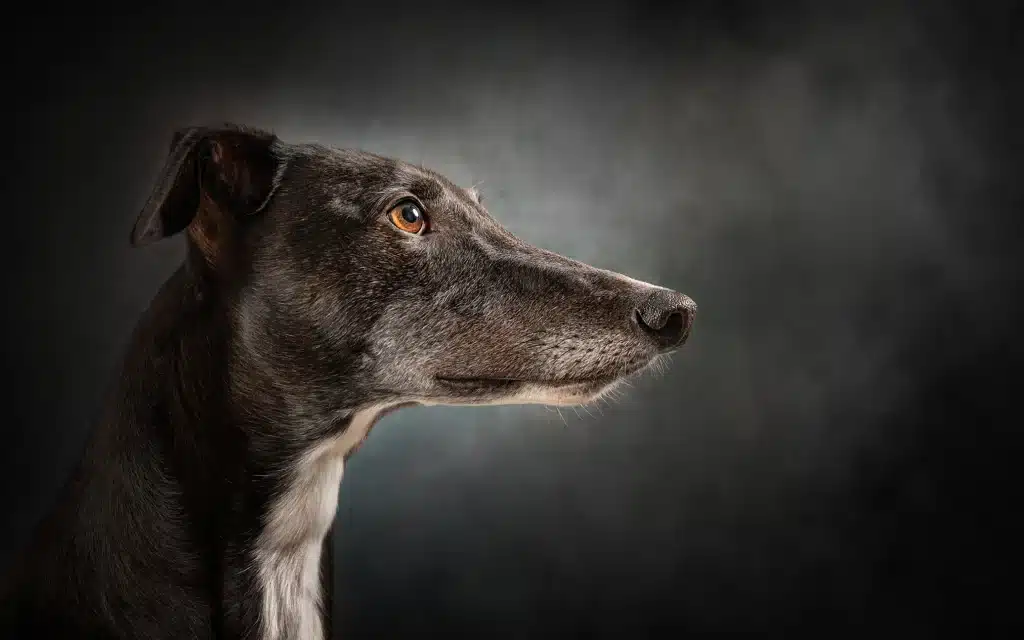
Tip No. 1: Take the photograph.
If your dog is doing something that makes you laugh, makes you smile or even makes you cry… then photograph it! Irrespective of how that photograph turns out, I guarantee that every single time you look at it in the future, it will bring you pleasure. Don’t miss those moments, they are fleeting.
Tip No. 2: Get down low.
As a dog photographer, I spend a good deal of my time lying on the ground, in mud, in water, sometimes in bluebells (which is a delight). You don’t have to lie down, or even kneel on the floor, simply just drop to eye level with your dog, or as near as you can get to eye level. And then take the photograph. If you practice this until it becomes instinct, your photographs will immediately begin to look professional and they will engage you in the moment in a way that nothing else you ever learn about photography ever will.

Tip No. 3: Think about the light
Light is everything to photographers. Which direction is it coming from, what shadows are being cast. What colour is it. It’s a subject in itself. But these are the things to bear in mind. What time of day is it? Overhead light will produce heavy shadows and it’s rarely attractive or desired. If you’re going out with your dog, specifically to take photographs, do so, as a general guideline, in the morning or late afternoon/early evening. Where is the sun? If it’s behind you and your dog is in front of you, then there’s every change that you’ll get some lovely catchlights and catchlights in eyes, bring every image to life. (Just be aware of where your own shadow is, you don’t want it in the frame or worse still, on the dog). If the sun is in front of you, it can create some lovely halos around the subject and if the sun is low in the sky in front of you, then it’s the time to create some stunning silhouettes.
Tip No. 4: Frame your image
Think about framing. Not the wooden variety, but the ‘what’s going on around my dog when I’m going to take this photograph’ variety. A background that is really busy will detract from your lovely dog. If you’re lucky enough to be able to get your dog to sit and stay in one place whilst you photograph them, then choose a background that won’t fight with him or her. If you can, sit them a distance in front of the background, this will make the detail of the background fade. The foreground is equally important, if you’re able, frame your foreground with foliage or flowers in complementary colours and to give a lovely natural context.
Tip No. 5: Frame your image
There is another type of framing to consider and it could be the wooden variety. If you can shoot your dog through a doorway, window or other opening it can make the final picture much more interesting. Think of it as creating a photograph within your photograph. Incidentally, don’t be tied to a ‘portrait format’ (deeper than it is wider). Why not try landscape for a change?
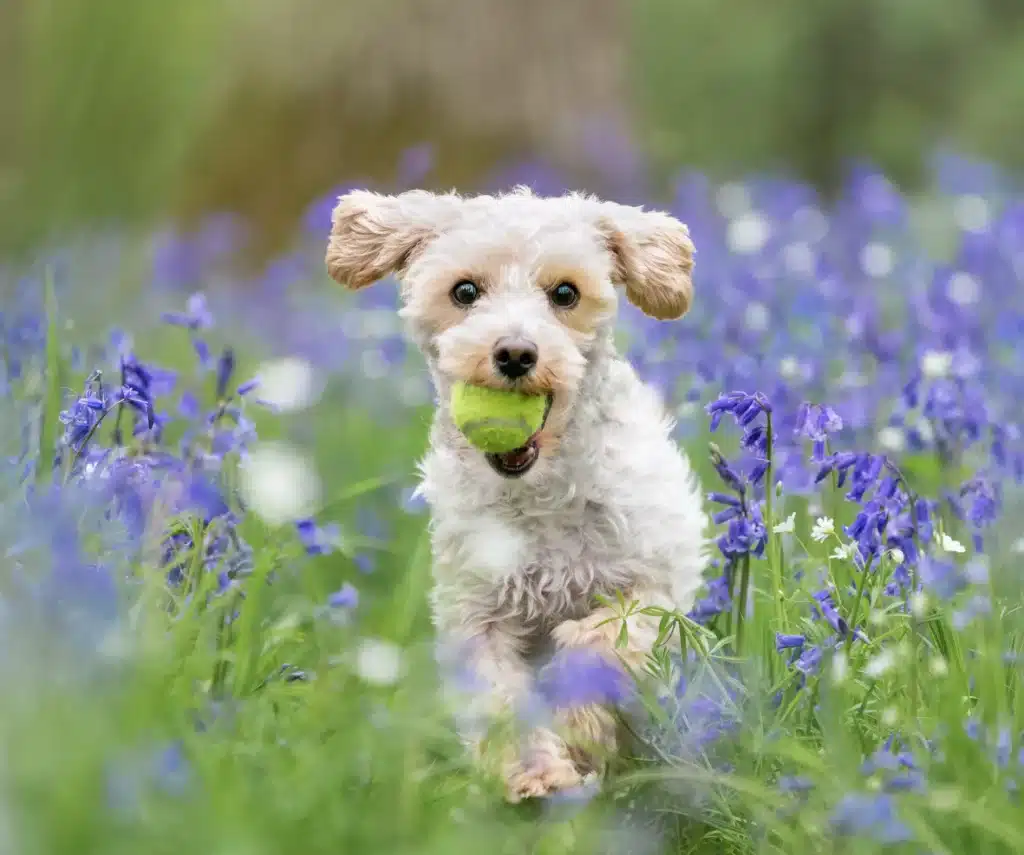
Tip No.6: Get close – really close
It is certainly possible to take great shots of dogs from a distance… but it is much easier to take great shots when you are closer to the subject. Get close – really close – so that your dog fills the whole frame. Another option is to crop your photo afterwards… but this will depend on how good your camera is and such images can become a little grainy.
Tip No.7: Use the rule of thirds
Many famous photographers use something called ‘the rule of thirds’. Essentially, this means splitting your frame into three sections – either horizontally or vertically – and positioning your focal point in line with this imaginary grid. There is a reason why this rule is so popular and it works for dogs as well as people and landscapes.
Tip No.8: Wait for the decisive moment
Henri Cartier-Bresson (one of the greatest photographers of all time) was obsessed with what he called the ‘decisive moment’ – those amazing photographic instances so quick, that they come and go in the press of a shutter. Capturing the decisive moment – especially when taking photographs of a dog – is all about anticipation and instinct. Of course, if you have a camera with a Continuous Shooting option then you can just press the button and hope for the best!
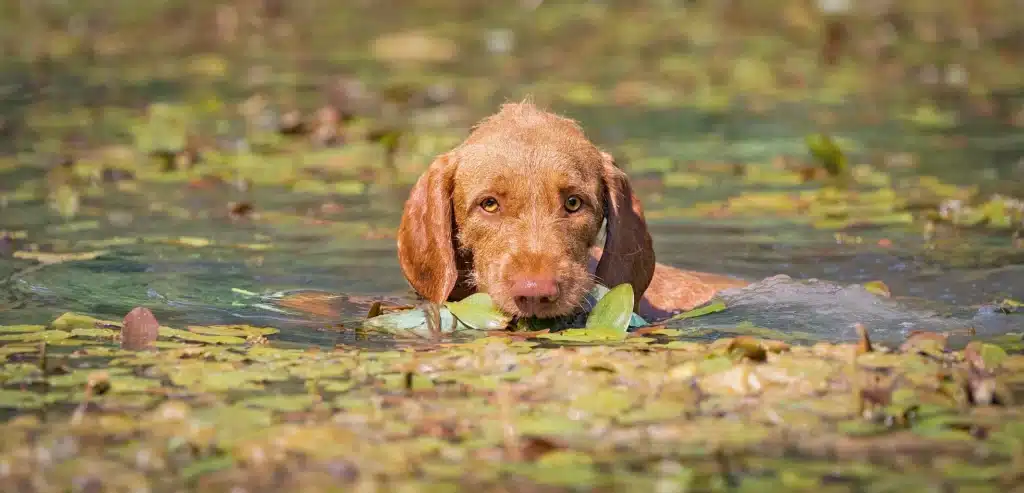
Tip No.9: It doesn’t have to be nice
Dogs sitting to attention, dogs lying on beds, dogs looking adorable… they all make nice (even wonderful) pictures especially if the background is a gorgeous wood or a lovely interior or a gorgeous sunset. But real life is often more interesting and more emotional. Avoid conventional situations and conventional beauty. Take your dog when he or she is covered in mud or fast asleep in the back of the car or shaking themselves dry or doing something they shouldn’t be doing. Photograph them at the vet or when they can only be half seen. Look, in short, for situations that, for whatever reason, interest you, rather than the ones you think are ‘photogenic’.
Tip No. 10: Tell stories
‘If you go about capturing individual, unrelated pictures,’ according to the author Henry Carroll, ‘you’ll end up with a nice enough set of photos, but you won’t come close to exploring photography’s full potential.’ He goes on to point out that a series of photographs of the same subject are an effective way to tell a story. What could be a better subject for a real life story than your beloved dog? There’s a quote by Aaron Siskind about photography, ‘…it remembers the little things, long after you have forgotten everything.’
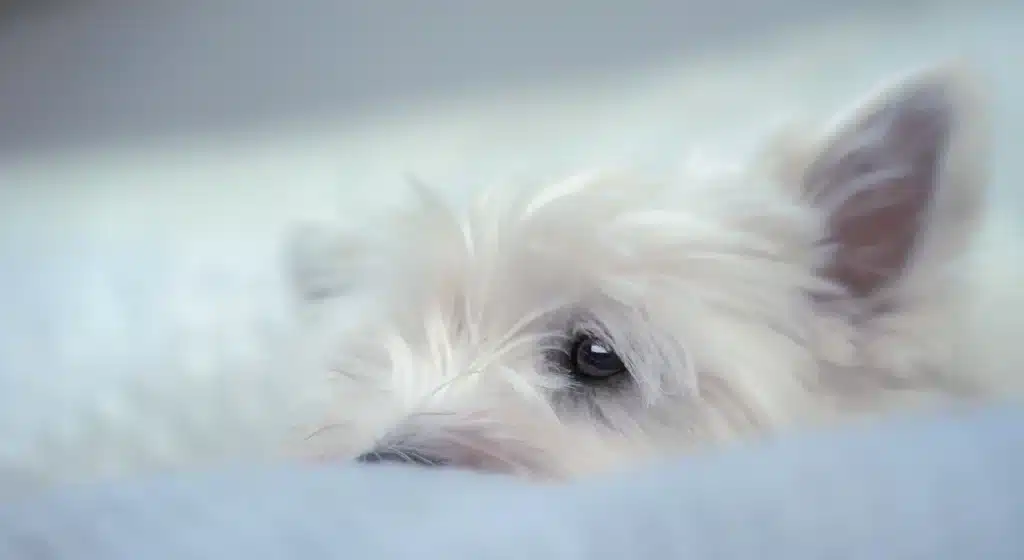
Enjoy the process
This is my most important tip. Enjoy your photography. There’s never a day that goes by when I don’t use my camera, whether that’s my phone camera or my professional ones. And there’s never a day when I don’t learn something new. I literally have thousands and thousands of photographs of my dogs. Many are framed on my walls, they’re not necessarily amazing shots but they’re images that mean the world to me and they always will. And it’s that that is the most important tip that I or any other photographer will ever give you. Enjoy your photographs, enjoy the taking of them and enjoying looking at them.
Article by Sharon Bolt. Sharon Bolt is a professional animal photographer based in Hampshire.
